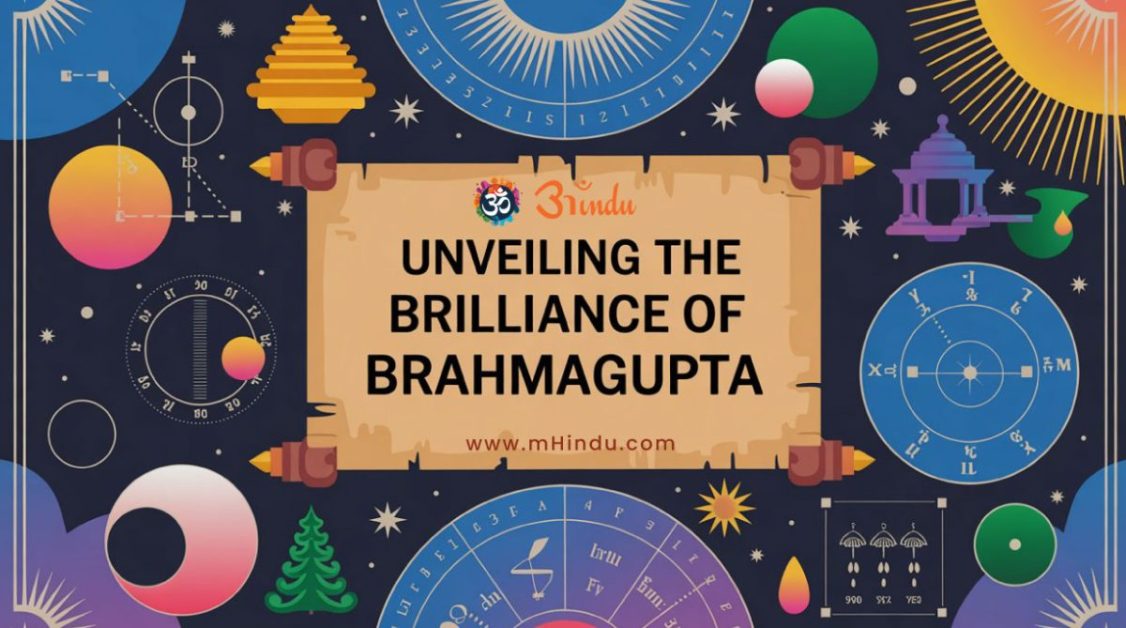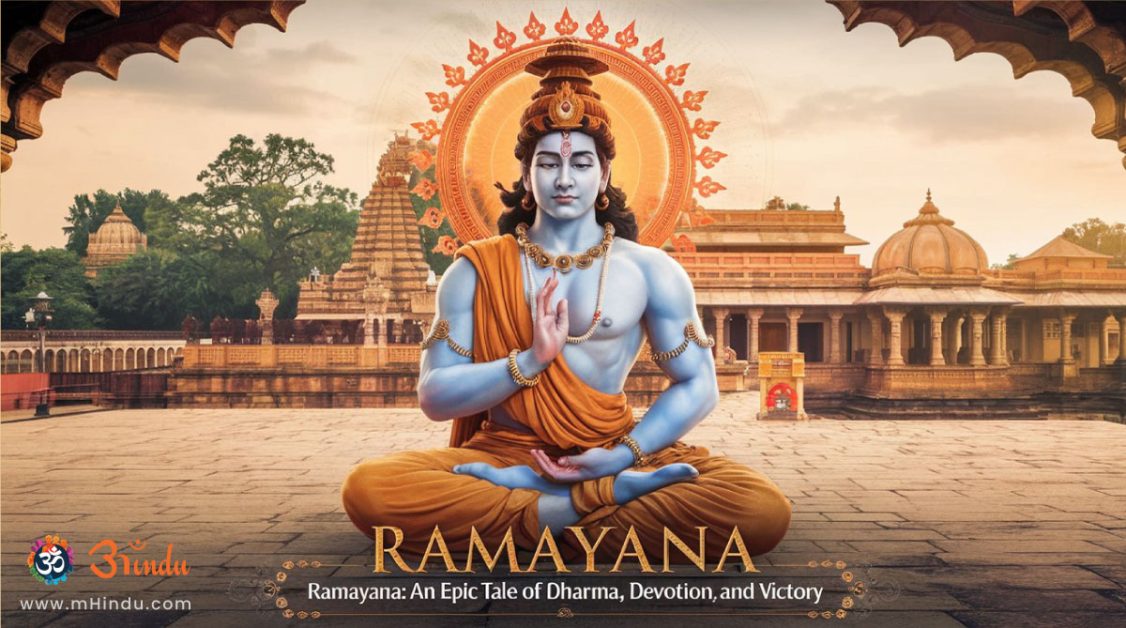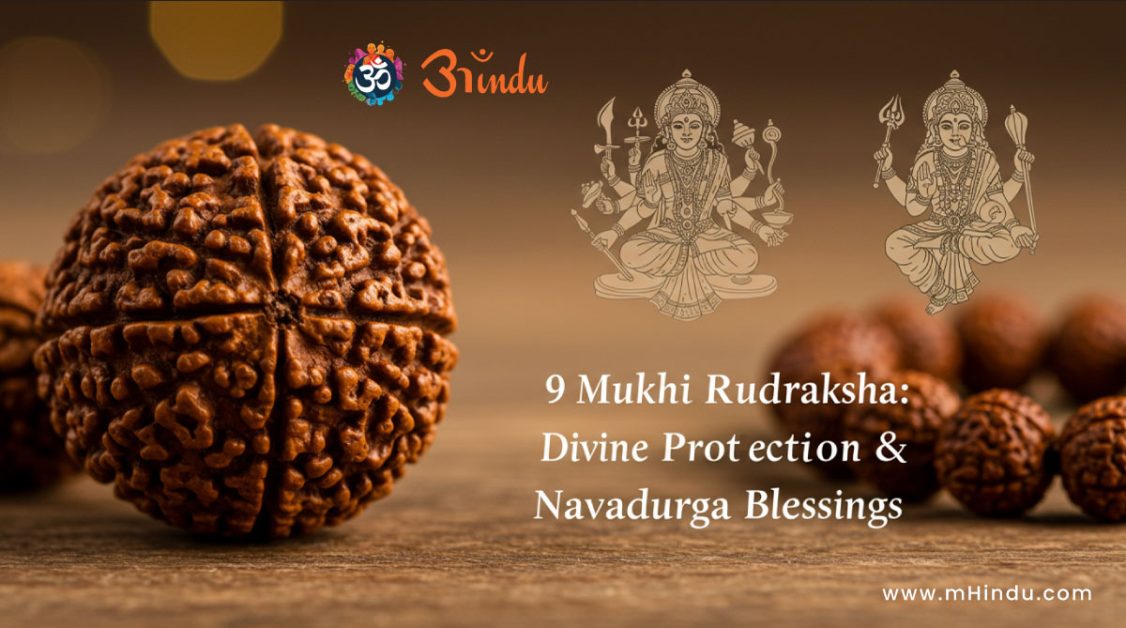
In the heart of Hindu worship, a sacred offering flows, a blend of five nectars that transcends mere ingredients to become a divine elixir. This is Panchamrit, a cornerstone of rituals, festivals, and daily devotion. Understanding the profound significance of Panchamrit is essential for any devotee seeking a deeper connection with the divine. It is more than just a mixture; it is a symbol of purity, devotion, and spiritual nourishment, weaving through the rich tapestry of Hindu culture.
Explore Blog Content
ToggleWhat is Panchamrit and its Divine Significance?
Imagine the gentle aroma of honey, the creamy texture of yogurt, and the golden glow of ghee, all melding into a sacred offering. Panchamrit, meaning “Five Amrits” or “Five Nectars” in Sanskrit, is precisely this: a divine concoction that has graced Hindu ceremonies for millennia. It is a tangible link to the gods, a taste of the divine that nourishes not just the body but the soul. This elixir is not merely a mixture of ingredients; it is a spiritual conduit, a way to experience the divine’s blessings.
What are the ingredients of Panchamrit and their Symbolic Meanings?
The origins of Panchamrit are rooted in ancient Hindu scriptures, where it is mentioned as a vital offering to deities. Each of the five ingredients—milk, yogurt, honey, ghee, and sugar—carries deep symbolic weight, representing various aspects of the divine and the natural world.
- Milk in Panchamrit: The Essence of Purity and Fertility
Milk, a symbol of purity and nourishment, represents the sattvic (pure) quality of the divine. It signifies fertility, abundance, and the nurturing aspect of the gods. In rituals, it symbolizes the offering of pure intentions and devotion. - Yogurt in Panchamrit: Symbolizing Strength and Prosperity
Yogurt, with its creamy texture and rich flavor, represents strength, prosperity, and the growth of abundance. It symbolizes the power and stability that the divine bestows upon devotees, fostering well-being and success. - Honey in Panchamrit: The Sweetness of Divine Love
Honey, the nectar of the gods, signifies sweetness, bliss, and the essence of divine love. It represents the joy and satisfaction that comes from a deep spiritual connection. In rituals, it symbolizes the offering of heartfelt devotion and the sweetness of divine grace. - Ghee in Panchamrit: Embodying Purification and Illumination
Ghee, clarified butter, is revered for its purifying and illuminating qualities. It represents the spiritual light that dispels darkness and ignorance. In rituals, it symbolizes the offering of pure intentions and the seeking of divine wisdom. - Sugar in Panchamrit: Representing Harmony and Auspicious Blessings
Sugar, with its sweet taste, symbolizes harmony, auspiciousness, and the sweetness of divine blessings. It represents the balance and harmony that the divine brings into the lives of devotees.
How do you prepare Panchamrit and its Ritualistic Significance?
Panchamrit plays a pivotal role in Hindu worship ceremonies, where it is offered to deities in temples, shrines, and home altars. The preparation itself is a sacred ritual.
The Preparation Process:
- The ingredients are mixed in equal parts in a clean, often silver or copper, ceremonial vessel.
- The mixing is done with reverence, often accompanied by chanting of mantras.
- Flowers, tulsi leaves, or saffron may be added to enhance the sanctity and fragrance.
Offering to Deities:
- The Panchamrit is used to anoint the idol or sacred symbol, symbolizing the offering of devotion and the infusion of divine blessings.
- It is then distributed among devotees as prasad, a sanctified offering.
Consumption as Prasad:
- Devotees partake in Panchamrit as prasad, believing it bestows divine grace, protection, and prosperity.
- This act of consumption is a form of communion, a way to internalize the divine essence.
What is the spiritual meaning of Panchamrit and its Cosmic Connection?
Beyond its ritualistic use, Panchamrit holds profound spiritual significance in Hindu philosophy, representing the interconnectedness of the cosmos and the divine.
- Representation of Panchabhutas:
- The five ingredients symbolize the five elements of nature (Panchabhutas)—earth, water, fire, air, and ether—and their corresponding deities.
- This connection highlights the harmony between the natural world and the divine.
- Spiritual Nourishment and Purification:
- By partaking in Panchamrit, devotees seek spiritual nourishment, purification, and communion with the divine.
- It is believed to cleanse the body and mind, fostering a sense of inner peace and harmony.
- Deepening the Devotee-Divine Bond:
- The act of offering and consuming Panchamrit fosters devotion, reverence, and gratitude, deepening the spiritual bond between the worshipper and the divine.
Panchamrit in Hindu festivals and its Communal Significance
Panchamrit is an integral part of various Hindu festivals and celebrations, enhancing the communal and spiritual atmosphere.
- Festive Celebrations:
- During religious processions, temple rituals, and festive occasions, Panchamrit is distributed among devotees as prasad.
- It symbolizes the sharing of divine blessings and fosters a sense of unity and togetherness.
- Preservation of Traditions:
- This tradition has been passed down through generations, preserving ancient rituals and customs that enrich the cultural tapestry of Hinduism.
- It helps in keeping the ancient rituals alive.
What are the health benefits of Panchamrit and its Ayurvedic Relevance?
In addition to its religious significance, Panchamrit is valued for its therapeutic properties in traditional Ayurvedic medicine, offering holistic benefits for the body and mind.
- Nutritional and Medicinal Properties:
- Each ingredient—milk, yogurt, honey, ghee, and sugar—is renowned for its nutritional value and health benefits.
- Milk and yogurt provide essential nutrients and probiotics, supporting digestion and immunity.
- Honey is known for its antibacterial and healing properties, promoting overall well-being.
- Ghee promotes brain health, and improves digestive systems.
- Sugar gives instant energy.
- Ayurvedic Balance:
- When combined, these ingredients form a potent elixir that balances the doshas (Vata, Pitta, Kapha) and promotes overall health.
Conclusion: Why Panchamrit is important in our lives
Panchamrit, the divine elixir of Hindu worship, encapsulates the essence of purity, devotion, and spiritual nourishment within the rich tapestry of Hindu culture and spirituality. Through its sacred ingredients and profound symbolism, it serves as a conduit for divine blessings, fostering a deeper connection between devotees and the gods. As devotees partake in the offering of Panchamrit, they are reminded of the eternal abundance and grace bestowed by the divine, guiding them on the path of spiritual awakening, fulfillment, and divine communion.
FAQs
- What is Panchamrit made of?
Panchamrit is made of five sacred ingredients: milk, yogurt, honey, ghee, and sugar. These ingredients are combined in equal parts to create a divine offering. - Why is Panchamrit offered to deities?
Panchamrit is offered to deities as a symbol of purity and devotion. It is believed to invoke divine blessings and create a connection between the devotee and the gods. - Can Panchamrit be consumed daily?
While Panchamrit is traditionally used in religious ceremonies, it can be consumed in small quantities daily due to its nutritional benefits, provided one does not have dietary restrictions. - Are there variations in the Panchamrit?
Yes, while the core ingredients remain the same, regional variations may include additions like tulsi leaves, saffron, or nuts, depending on local customs and traditions. - What is the spiritual significance of each ingredient in Panchamrit?
Each ingredient represents a divine attribute: milk for purity, yogurt for prosperity, honey for sweetness, ghee for illumination, and sugar for harmony. - Is Panchamrit used in all Hindu festivals?
Panchamrit is commonly used in many Hindu festivals and rituals, especially during puja ceremonies and temple offerings, but its usage can vary regionally. - What are the Ayurvedic benefits of Panchamrit?
Panchamrit is considered a balanced food in Ayurveda, offering nutrients and promoting digestion, immunity, and overall health due to its natural ingredients.
External Links
- Wikipedia – Panchamrita: https://en.wikipedia.org/wiki/Panchamrita
- Times of India-Spiritual: https://timesofindia.indiatimes.com/spiritual







